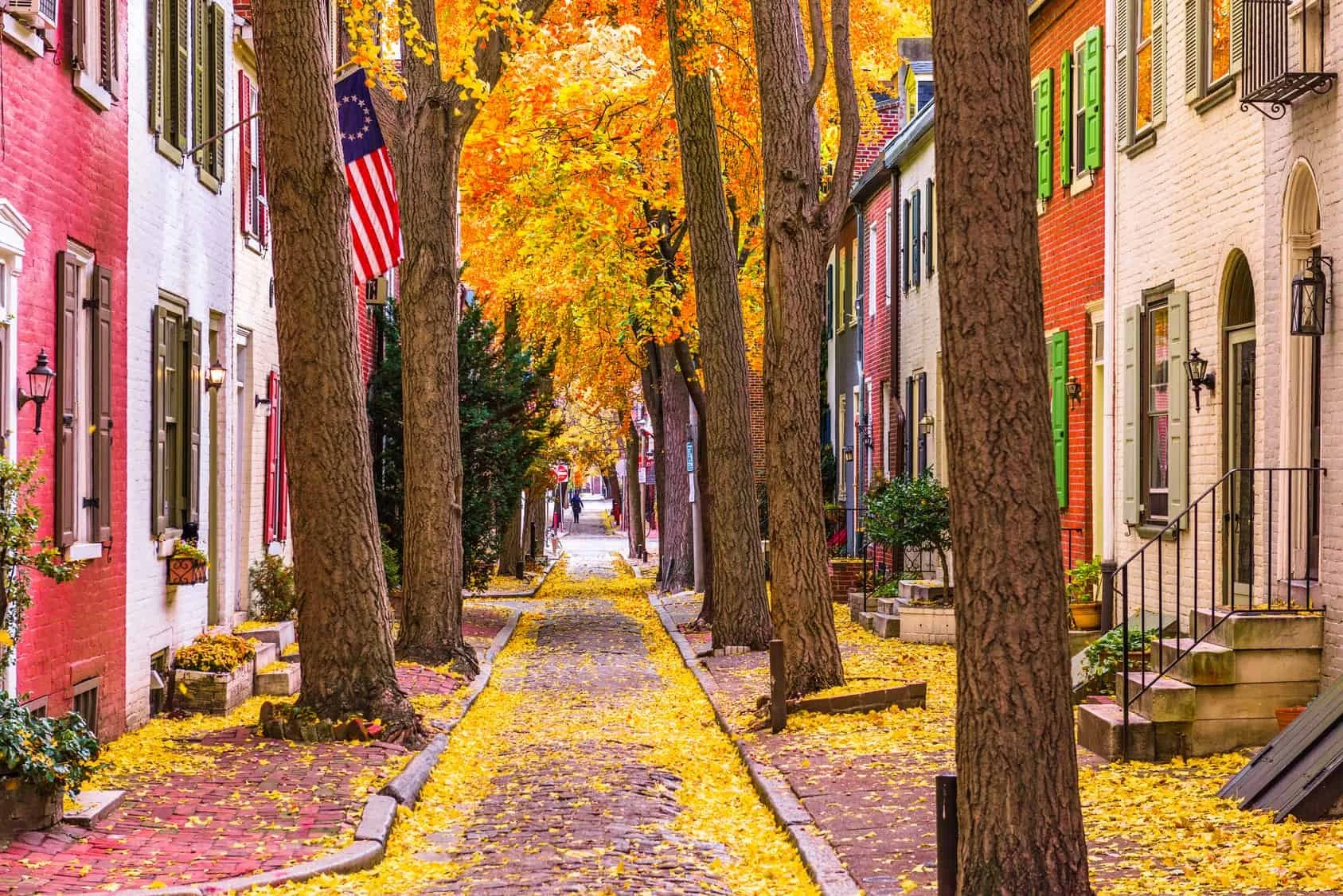Winterizing Practices You Need to Implement at Your Home This Fall
I hate to be a Debbie Downer, but summer is unfortunately coming to an end. While many of us are returning from the sandy beaches of the illustrious east coast shores, it is time to start putting the process of winterizing your home top of mind in preparation for the colder months ahead. If you do not take the time to suitably prepare your home for the upcoming weather change, costly repair bills could burden you and your family. Continue reading for a few imperative winterizing practices that I recommend you implement in your weekend plans this fall.
Home Exterior Checklist
Whether you have a home in the city or the suburbs, there are PLENTY of inspection items that you need to prioritize this fall. While sidewalk cracks seem relatively common, and may not seem like a serious concern, they are extremely troublesome. Cracks in concrete sidewalks occur for a variety of reasons, but the most common direct causes are natural soil erosion or temperature changes. A few reasons these cracks should be addressed are as follows, imbalanced sidewalk levels created by cracks can be a major tripping hazard, obvious aesthetic concerns, and any water that gets into these cracks over time has the ability to freeze over the winter, and then causes the cracks to grow larger in size.
With many older and newer homes being mostly made from wood, this raises many concerns as we leave the damp summer weather. Typically, May - September brings large amounts of rain with potentially damaging wind, causing paint to be easily taken off of the exterior wood of your home, bringing on the risk of rotting. While inspecting the exterior wood of your home, be sure to check for any water openings that may have appeared over the summer months. In most cases, this can be easily fixed with a simple caulking. If the water opening is larger in nature, a professional inspection may be needed.
Lawn Maintenance
Contrary to popular belief, fall is the most important time to fertilize your lawn. Fall fertilizing helps keep lawns healthy, and prepares them for the incoming cooler weather. During the fall, you should continue to seed your lawn, water your lawn thoroughly, aerate if needed, and continue to mow on your regular schedule. If you returned home from Labor Day festivities and you see brown spots on your lawn, do not panic! This is very common and there are a few easy fixes for this. It is recommended to choose a nutrient-rich fertilizer for a dormant lawn in our north eastern climate, and to continue fertilizing until your last mow of the season. While your lawn will not necessarily grow in the winter, this will set you up for success once spring rolls around.
Home Inspection
Regardless if you were away for the summer or stayed put, a home inspection is always a safe precaution to take. Home inspections can either bring to light a repair that is urgently needed, or can give you the peace of mind that your home is in top shape before the chilling months of winter arrive. A few ways you can inspect your home like a professional home inspector are testing the drains and examining any pipes, checking for any water spots or mold on your drywalls and ceilings, getting your ladder out and looking for water damage on your roof, and testing your HVAC system. When was the last time that you changed your filters? If you are buying a home, I 100% recommend hiring a professional to do this inspection before you purchase, but if this is your current home, you may be able to inspect yourself before paying a trusted expert to come out and inspect your home.
Friendly reminder: these home maintenance tips are not just for folks who are selling their homes! This should be done by every homeowner this fall. As we all know, our winters are truly unpredictable, and you should prepare your home for the adverse weather ahead!


